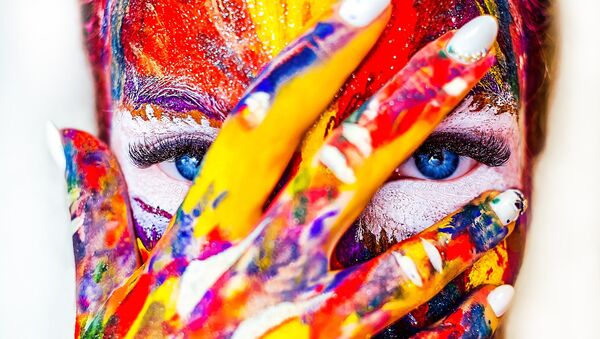Residue from makeup and skincare products have been found in the catch from the almost untouched Svalbard archipelago, Norwegian national broadcaster NRK reported.
"We found high levels of different types of siloxane in the liver of fish caught just outside Longyearbyen," Nicholas Warner, a senior researcher at the Norwegian Institute for Aeronautical Research (NILU) in Tromsø, told NRK.
The drug currently used in almost all cosmetics and skin care products is harmful to humans and wildlife alike, Warner said, arguing that it was already corrupting the environment. Siloxane and its relatives are specifically added to cosmetics and skin care products to make the mixture smooth and easy to apply.
"The problem is not so much that we use makeup every day, but rather when we take a shower," Warner explained.
READ MORE: Out of Head: Microplastics in Seawater Makes Fish Go Nuts
According to him, all the potentially dangerous substances are then washed into the drainage system, ultimately reaching sea water and then affecting fish.
"The reason we can find it in fish is because it does not like water, but adheres to the fat of the fish," Warner explained.
One of the related substances, called D4, is known to lead to impaired fertility in humans, Warner said. Although the industry has been gradually switching to its less harmful analogues D5 and D6 since the 1990s, it doesn't mean these new substances aren't harmful.
READ MORE: Gone With the Wind: Norway's Glaciers to Disappear in Hundred Years
Haldis Tjeldflaat Helle, deputy leader in the Nature and Youth organization, pointed to research that makeup may actually contain substances that may interfere with the hormonal balance of the human body.
According to Statistics Norway, over 5,700 tons of cosmetics and skincare products were consumed last year in the Nordic country alone.
Norwegians spend a lot on makeup and cosmetics products, and Tjeldflaat Helle has called for a stronger emphasis on consumer goods, which should be made more sustainable, given the fact that the dangerous residue from these products can reach as far as Svalbard's pristine waters.
Some shots of the scenery of #Svalbard as we cruised around in an Arctic ice breaker. #svalbardcruise #fjord #arctic #norway #longyearbyen pic.twitter.com/X09SLPh91G
— Hazel, Muter of Trolls (@Hazel_ok) 14 марта 2018 г.
The Svalbard archipelago is one of the northernmost land-areas in the world. Because it is off the beaten track, so that humans have hardly left their mark on it, most of this territory is still untouched, without roads or other signs of human intervention. Svalbard has an area of about 61,000 square kilometers, of which about than 60 percent is covered in ice, and a permanent population of 2,600.
Here we are!!!#travel #photography #Svalbard #polarbear #longyearbyen #tours pic.twitter.com/gGALPnm4KU
— gjestehuset 102 (@Gjestehuset102) 4 марта 2018 г.
In 2017, findings of "large concentrations of cosmetic poisons" permeating the food chain spurred the Norwegian environmental authorities to start collecting data for an international ban on the most dangerous substances, NRK reported.





